It doesn’t take a science degree to execute simple science activities for preschoolers. In fact, all you need are common household items and minimal prep to teach children about physical and chemical reactions. Find basic ideas to promote physics and biology as well as three science activities for preschoolers here.
This post originally appeared on Happy Hooligans. I am a contributor. I hope you enjoy this post! We had a blast with all three of these activities!
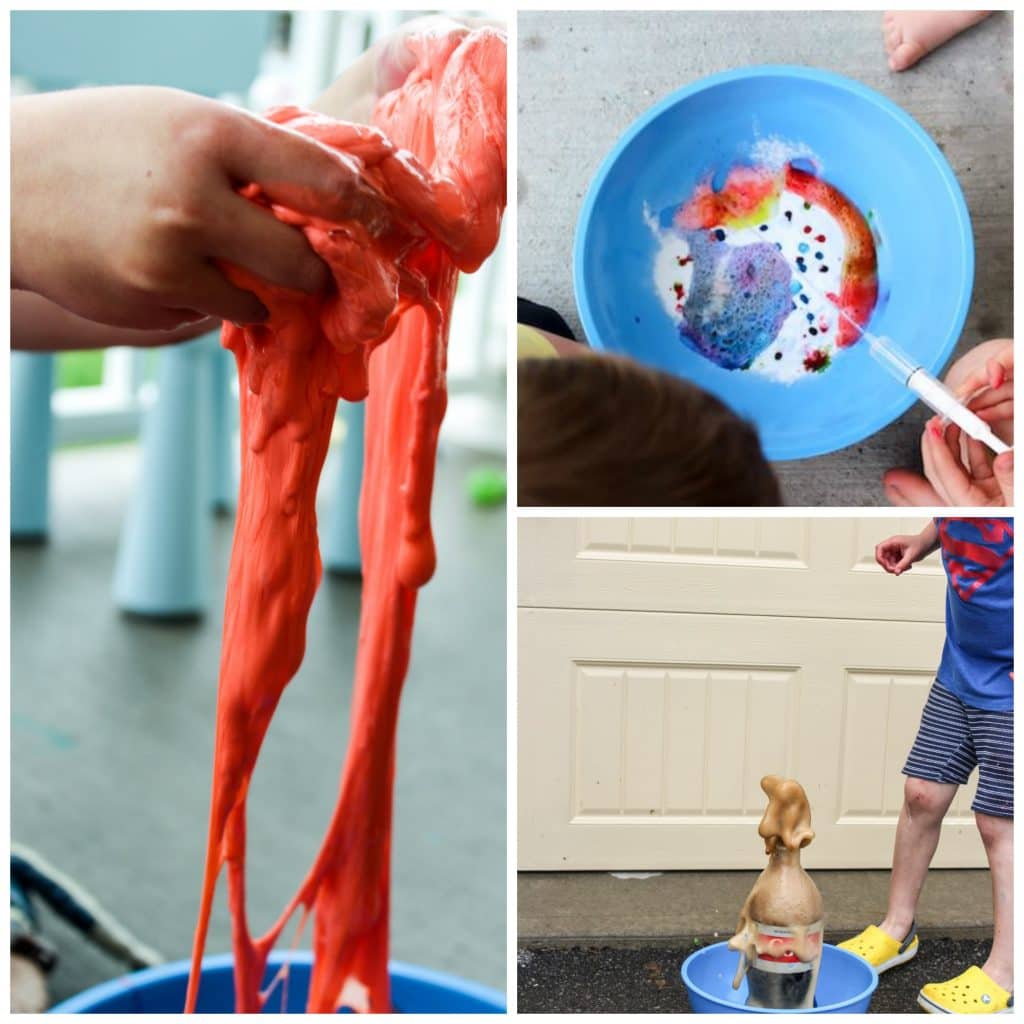
I’m a self-proclaimed science nerd. In university, I took up a job as a groundskeeper, weeding, sweeping, and even cleaning public bathrooms, so I could have the opportunity to work at a marine science centre and to have the chance to go behind the scenes whenever I was at work.
Since having kids, I love any chance to learn along with them and to pass my love of science along to them.
During the winter, we love to go to science museums. This is a great place for kids to learn about physics.
When summertime hits, we go to the beach to examine tide pools or to go on nature walks and talk about what we see. These opportunities are wonderful for understanding basic biology.
Finding ways to teach my preschoolers about chemistry seemed like it would be a bit trickier, but I’ve found two simple chemical reactions and one physical reaction that we can do with supplies and ingredients that we already have around the house.
3 Simple Science Activities for Preschoolers
Maybe it’s because I didn’t study chemistry in school. Or maybe it was because I was just overthinking things. Either way, it took me a while to figure out that preschool chemical reactions can be quite simple and fun!
If you’re wondering how to teach kids about physical or chemical change, here are three simple science activities for preschoolers my kids enjoy doing again and again.







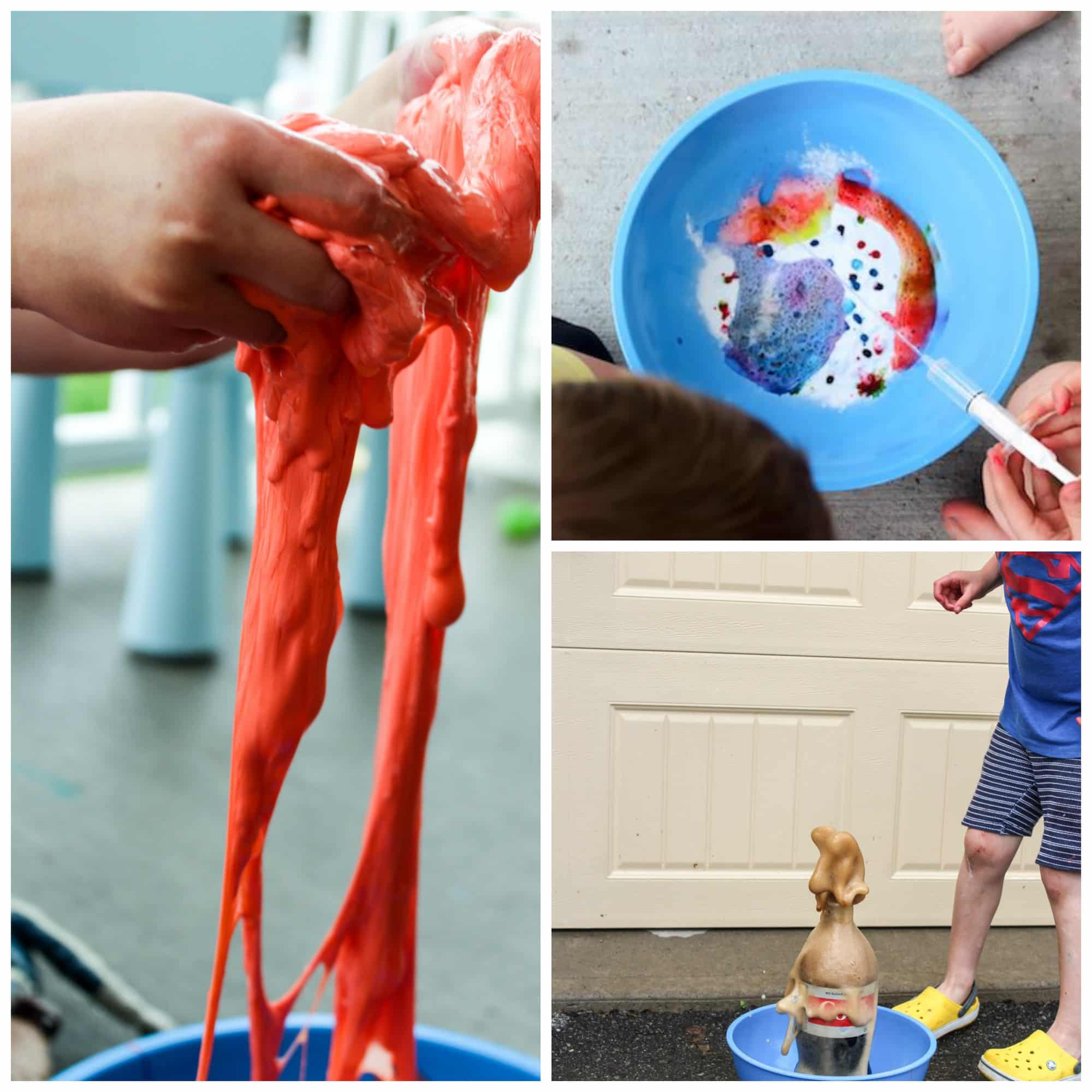
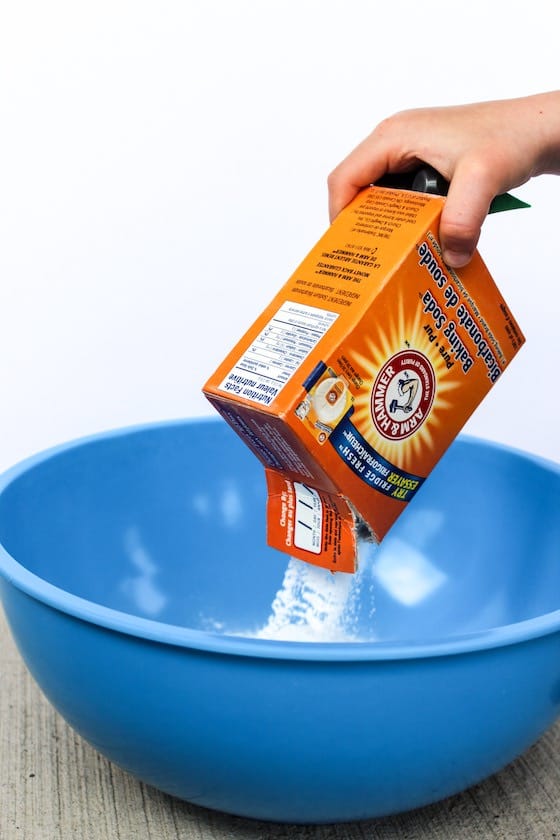
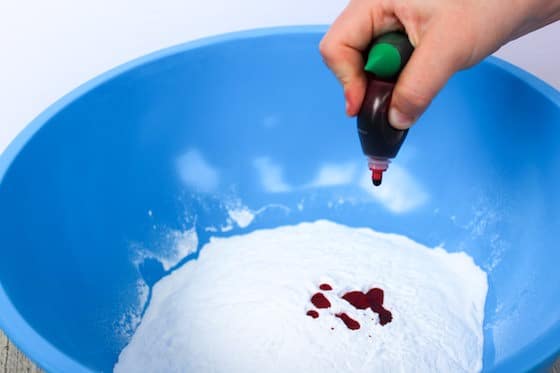
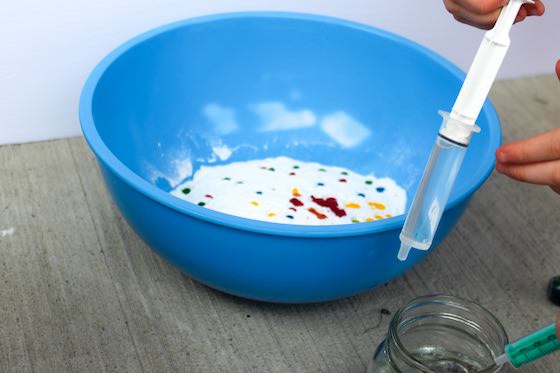
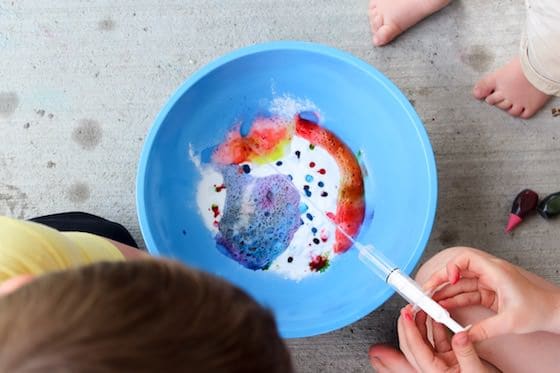
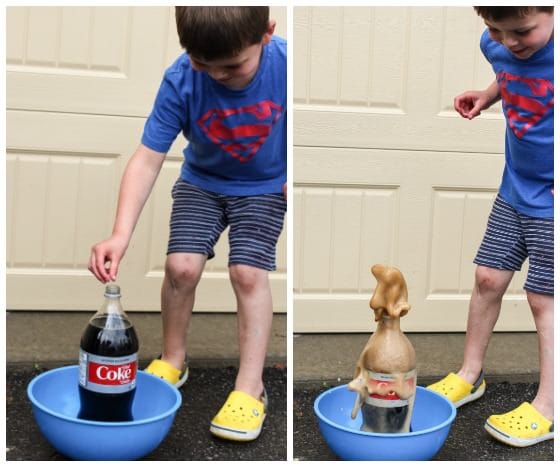 DRIPPING SLIME EXPERIMENT:
DRIPPING SLIME EXPERIMENT:
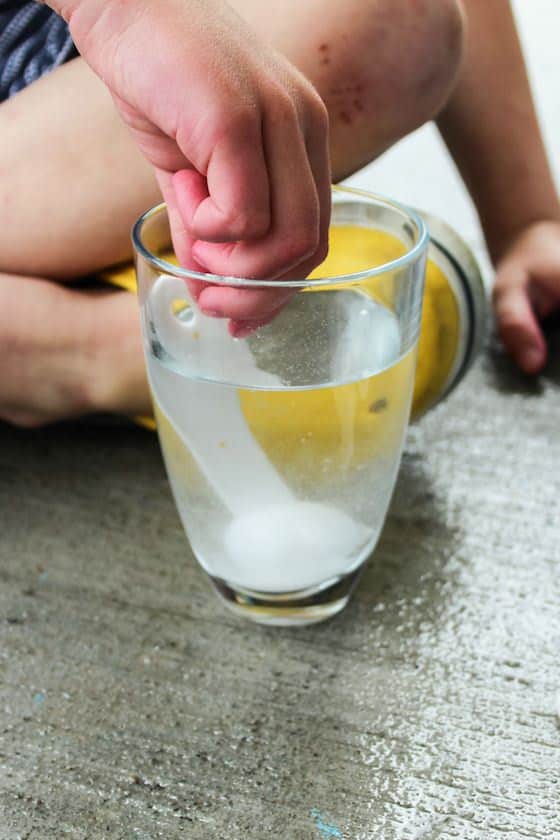
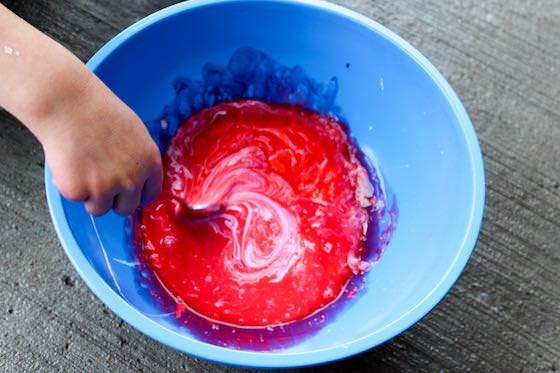
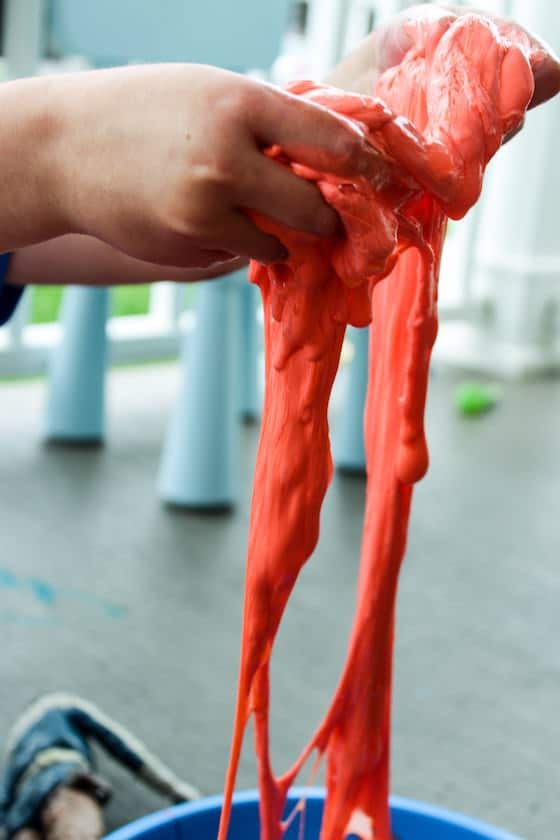
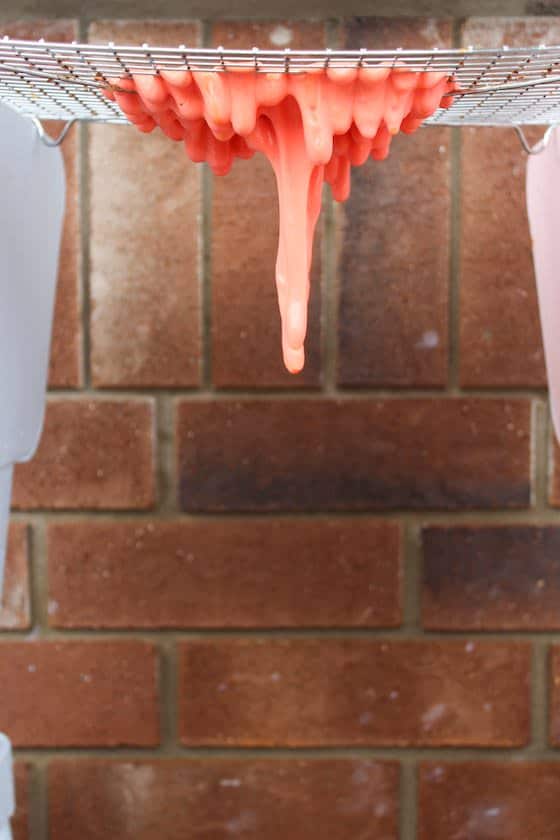


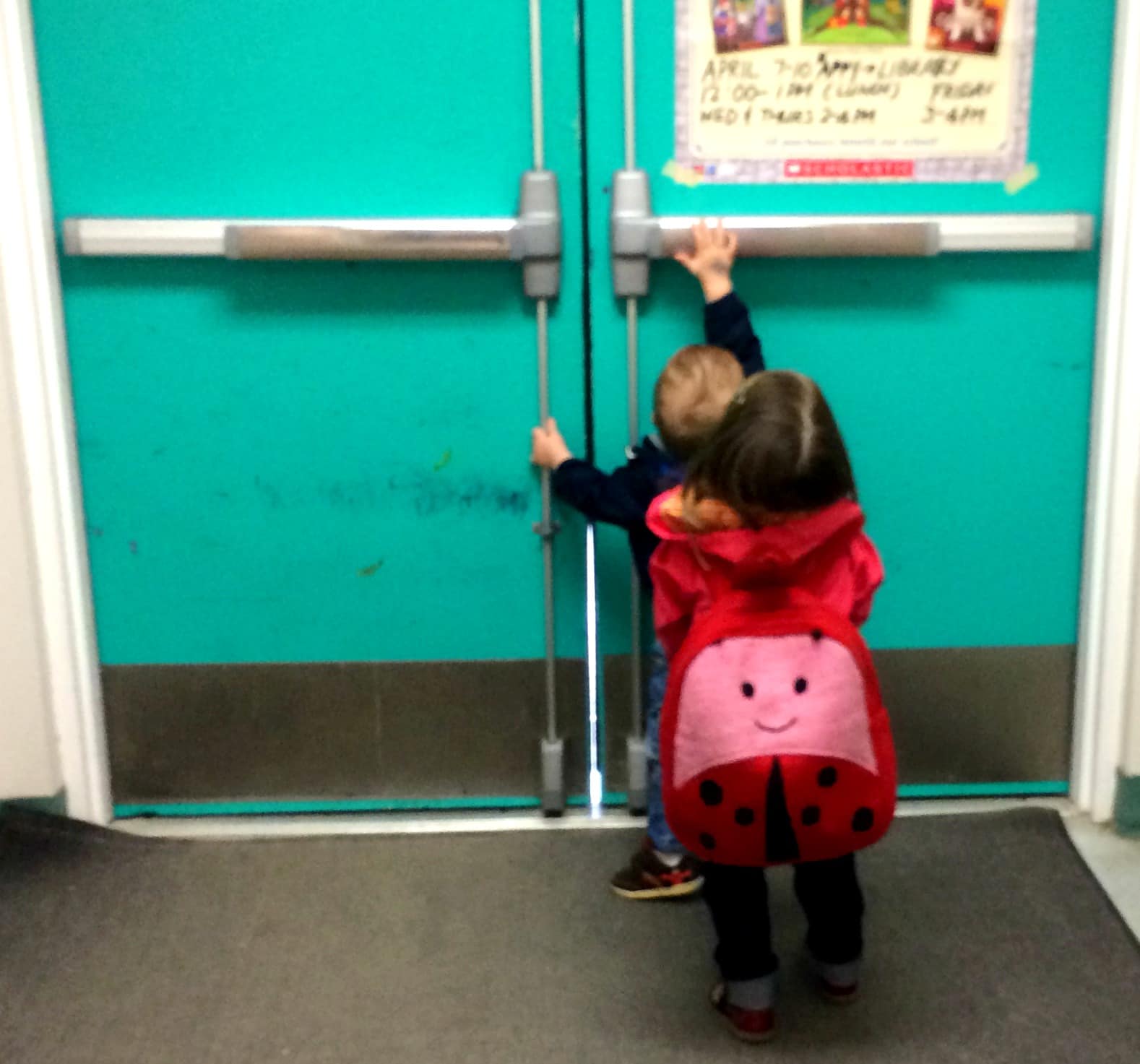
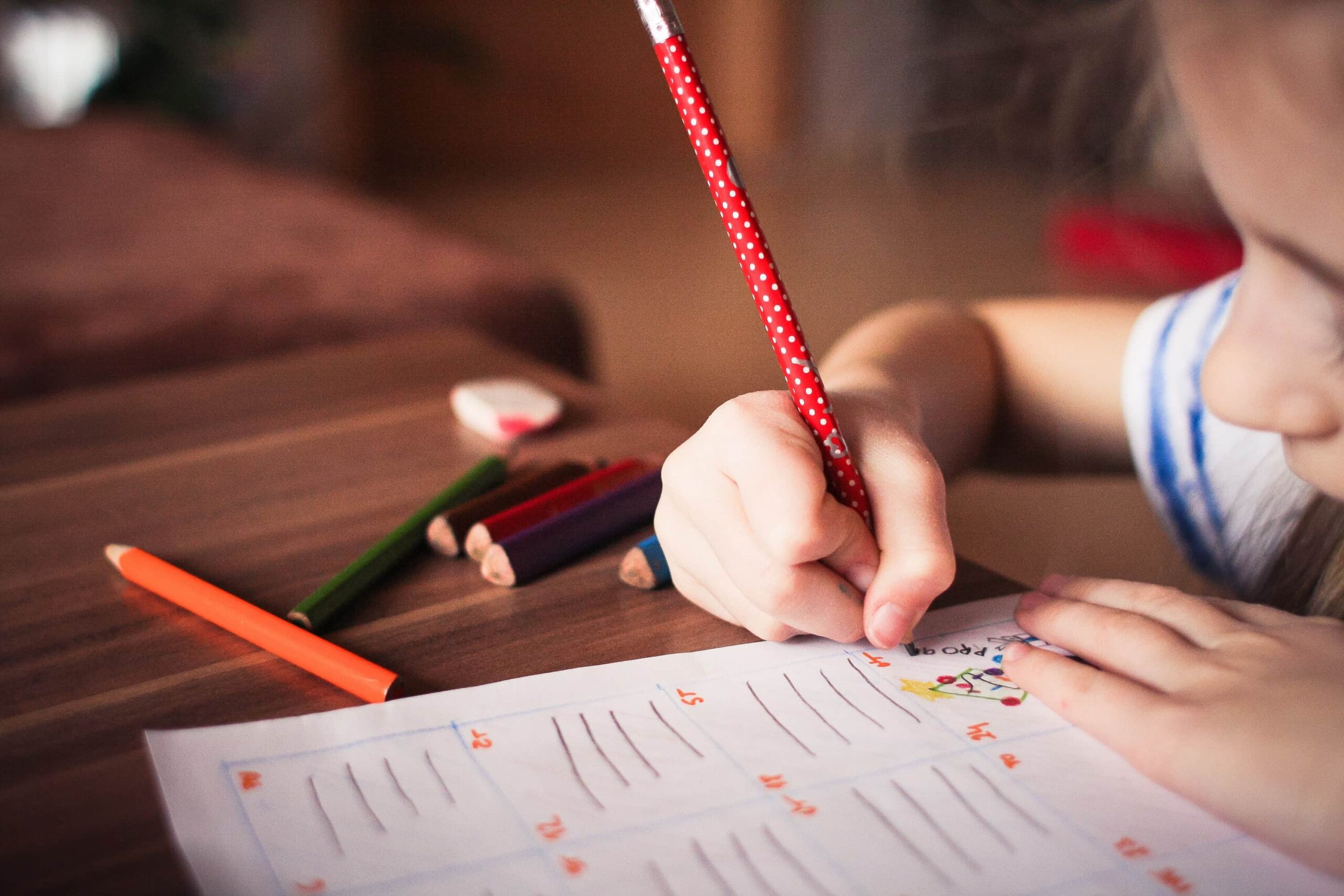
Kids LOVE the fizzing action that comes along with this colourful science activity. All you need is baking soda, vinegar and food colour or liquid watercolour.